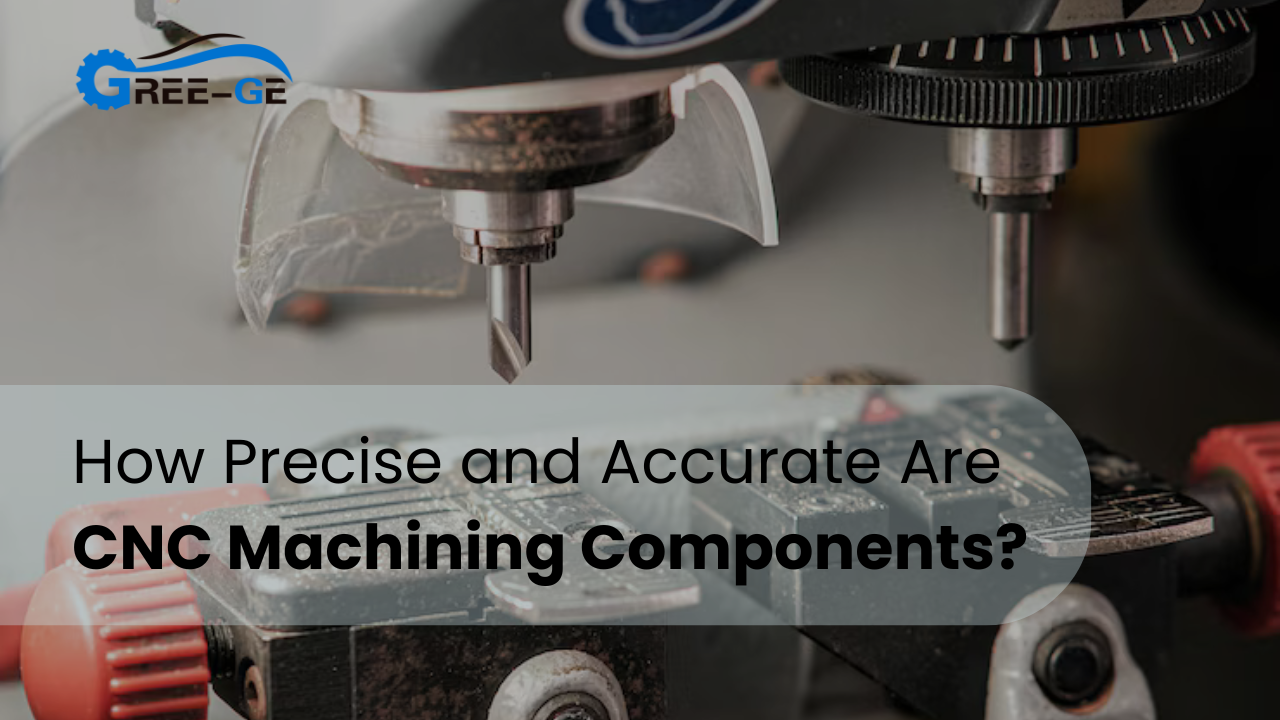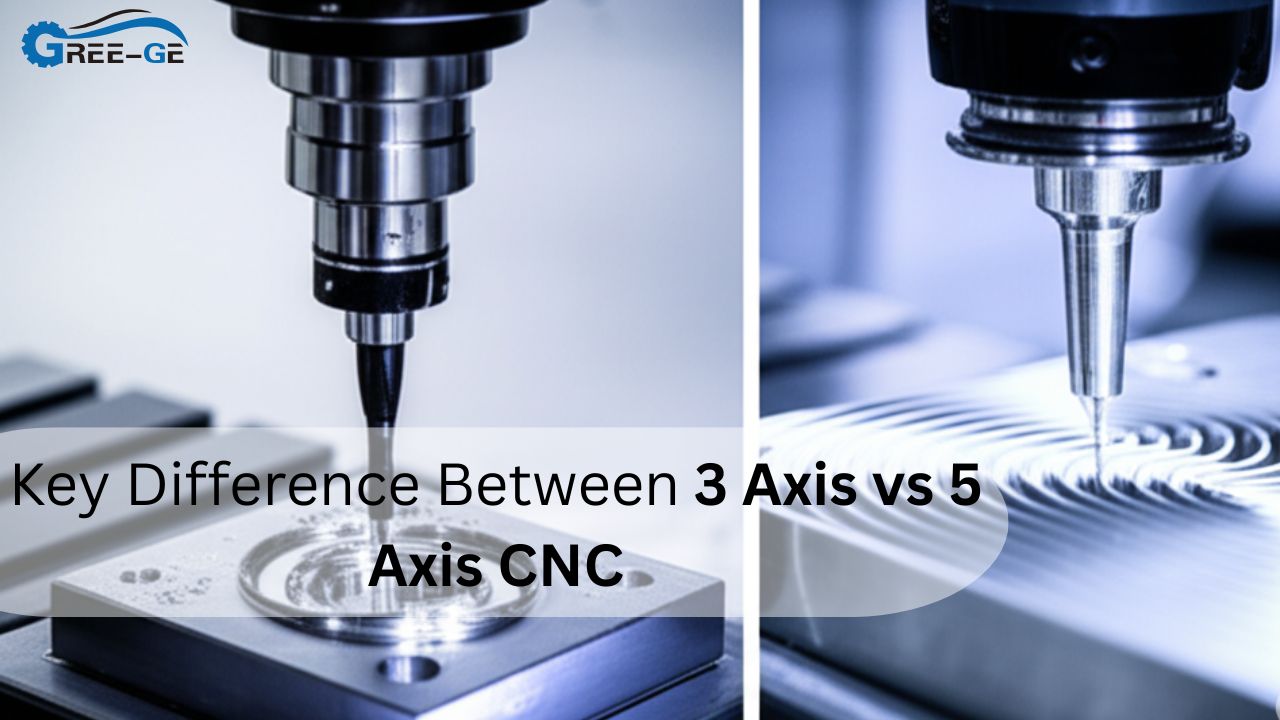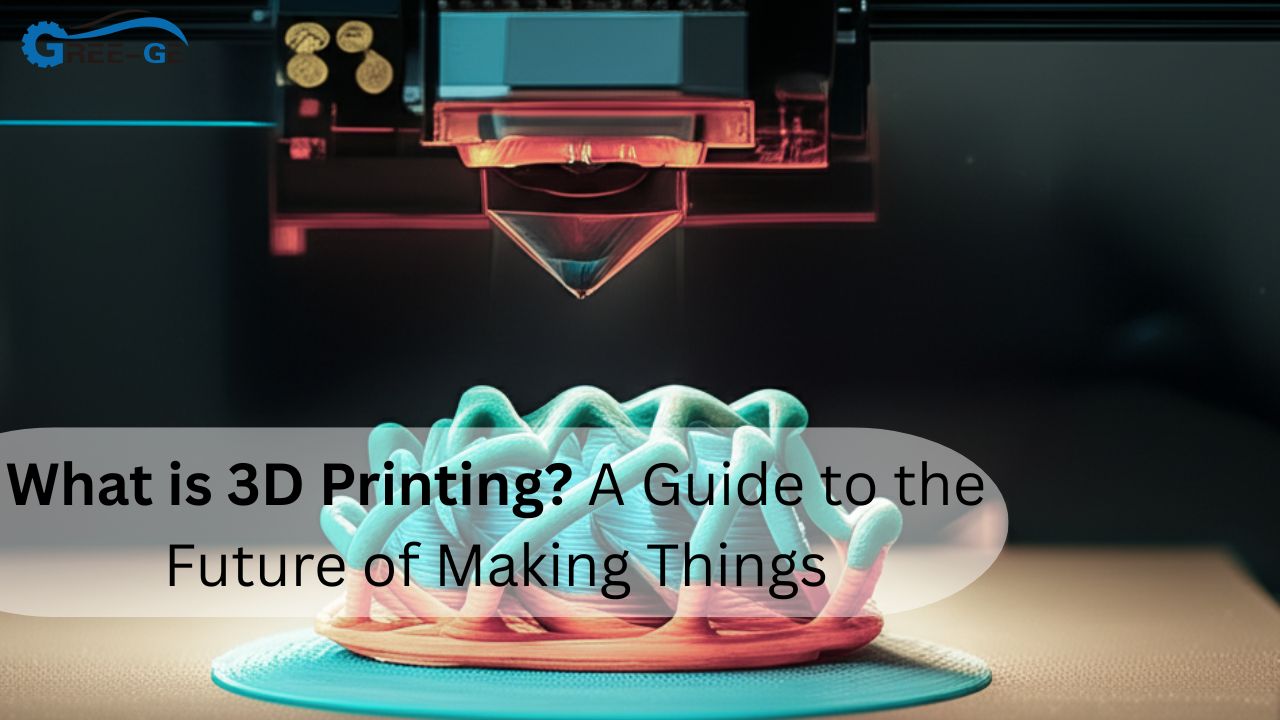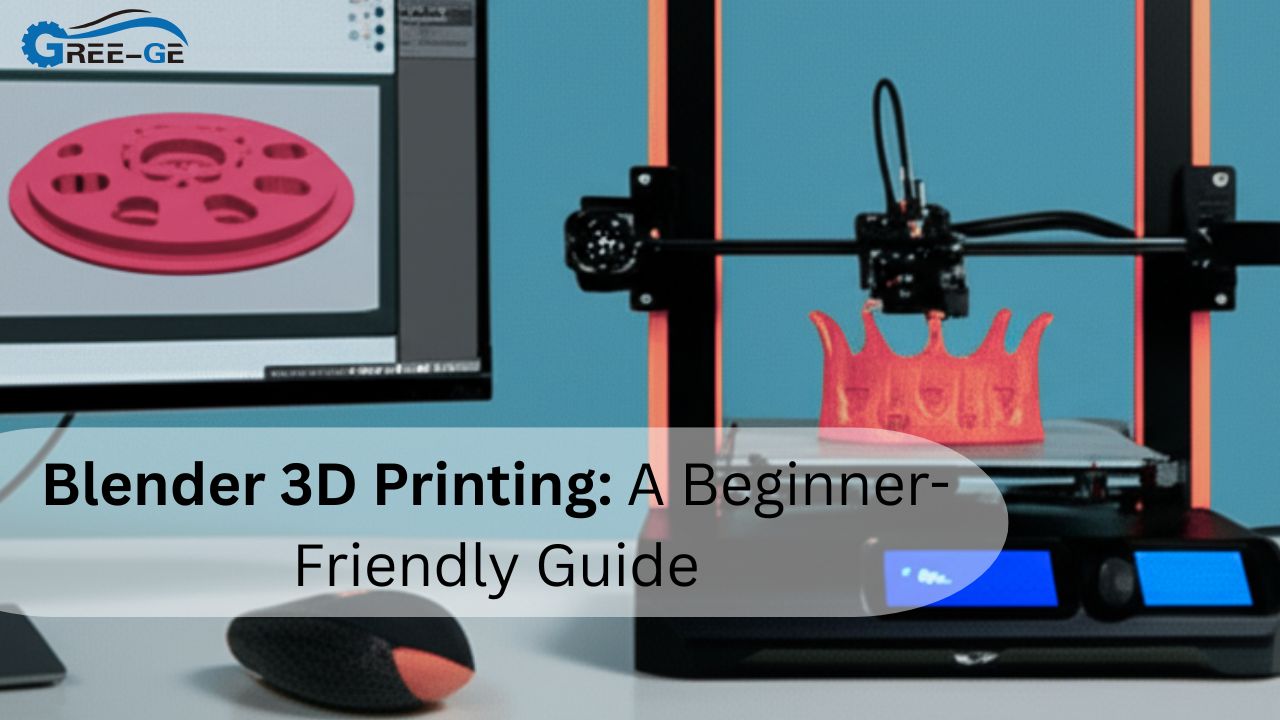You’ve got a brilliant product idea, but one worry keeps you up at night: Will the finished metal parts actually fit together the way my CAD model shows? If you’ve never ordered CNC machining components before, words like “±0.005 mm” feel abstract—and scary—when a loose fit could sink your launch.
Reliable CNC machining components routinely land within ±0.005 mm thanks to precision CNC machining practices, careful calibration of every part of the CNC machine, real-time probes, digital twins, and data-driven inspection.
Stick around and we’ll break down what those numbers mean, how shops achieve them, and why online CNC machining now lets you track accuracy from your phone—all without drowning you in engineer-speak.
CNC Machining Components: Precision vs. Accuracy
Think of a dartboard. Precision is grouping darts tightly; accuracy is landing that cluster on the bullseye. For CNC machining components, shops need both tight repeatability and correct dimensions. High-end mills achieve this by pairing rock-solid frames with nanometer-resolution encoders. They simulate cuts in CAM, compensate for tool deflection, and monitor ambient temperature because aluminum expands 0.023 mm per meter for every °C. Finally, automated probes touch off critical surfaces mid-cycle, nudging offsets so the next pass zeroes in. The result? A gearbox shaft that slips into its bearing with a smooth “click” instead of a rubber-mallet fight.
Machine Resolution And Repeatability
Micron-level encoders let servo motors hit the same point again and again. If your shop’s spec sheet shows 0.002 mm repeatability, that’s the worst-case spread after thousands of moves—small enough that hair strands look like fence posts by comparison.
Calibration And Environmental Control
Heat is the silent saboteur. Smart shops park mills in 20 ± 1 °C rooms, run weekly laser interferometer checks, and log spindle growth every shift. Kill thermal drift, and half the accuracy battle is won.
Tool Wear And Compensation
Cutters wear like car tires. Modern controls watch spindle load; when power draw creeps, the system auto-adjusts tool length. That keeps hole depths honest without halting production.
Tolerance Benchmarks You Can Expect
Aerospace, med-tech, and auto parts each demand different targets. This cheat sheet shows typical limits.
| Industry | Common Tolerance | Typical Finish (Ra) |
| Medical | ±0.010 mm | 0.2 µm |
| Aerospace | ±0.005 mm | 0.4 µm |
| Automotive | ±0.020 mm | 0.8 µm |
Fact Box
A single micron is 1/70th of a human hair—blink and you’ll miss it.
These ranges emerge from thousands of CMM reports across precision CNC machining shops. Ask your supplier for capability studies to see where they sit on this scale.
Factors Limiting Micron-Level Precision
Even the best CNC machining components face hurdles: vibration, coolant viscosity shifts, and raw-material stress. Spindle imbalance at 20000 RPM can grow runout from 2 µm to 10 µm. Chips bouncing in deep pockets push cutters sideways. Understanding these enemies helps you design features the mill can actually hold.
Danger: Never chase sub-micron tolerances on walls thinner than 0.3 mm—tool deflection will wreck them.
Role Of Parts Of CNC Machine In Holding Accuracy
Every axis, bearing, and ball-screw matters. Granite machine beds absorb vibration; linear scales feed back actual, not commanded, position. High-pressure through-spindle coolant cools the cutter tip before heat can distort steel. Small upgrades across many parts of CNC machine snowball into big accuracy gains you can measure with a mic.
Info: Look for dual-drive gantries; they kill racking errors on wide-format mills.
Materials And Their Influence On Precision CNC Machining
Aluminum machines fast yet loves to warp when unclamped. Titanium cuts clean but springs back, shrinking holes by a hair. Inconel heats up, work-hardens, and torches cutters. Skilled programmers tweak feed rates and step-overs to tame each alloy, ensuring CNC machining components emerge within the promised spec.
Quick Tip: Add stress-relief heat-treat calls in your drawing notes to cut post-machining distortion by half.
Inspecting Components
Quality rooms now look like sci-fi labs. Tactile CMMs still reign for ±2 µm checks, but blue-light scanners map complex surfaces in seconds. Air gauges verify bores without touching them, perfect for medical implants. By feeding this data back, shops tighten loops for future batches of high volume CNC machining orders.
Suggestion: Ask for a first-article inspection report (FAI); it’s cheaper than fixing a bad lot later.
Online CNC Machining Platforms And Digital QC
Ordering parts used to mean faxing drawings. Today, online CNC machining portals like Xometry or Gree-Ge let you drag-and-drop STEP files, pick tolerances, and watch a live DFM checklist flag red zones. Cloud dashboards then show inspection photos, CMM data, and shipping updates—all before the courier leaves the dock.
Success: Digital threads slash quote time from days to minutes while preserving every revision note.
High Volume CNC Machining Without Losing Accuracy
Making ten prototypes is easy; making ten thousand identical widgets is an art. High volume CNC machining cells use pallet pools, tool-life monitoring, and SPC charts. If a dimension drifts, the software stops the cell, swaps a fresh cutter, and reruns the last part. That’s how automotive pistons stay within ±0.015 mm across a million engines.
Warnings: Volume inflation can hide tiny drifts—insist on 100 % traceable data, not sample plans alone.
Cost–Accuracy Trade-Offs: When Perfect Is Too Expensive
Every extra micro-CNC machining costs money—better cutters, slower feeds, more QA. Ask, “Will ±0.005 mm improve function or just bragging rights?” Often ±0.020 mm works fine for consumer gear. Knowing where to relax specs can drop part cost by 30 % without hurting assembly.
Design Tips To Help Components Stay Accurate
Round inside corners to let end mills clear chips. Keep the wall thickness uniform. Provide fixturing flats. These tweaks reduce tool deflection and thermal growth, helping precision CNC machining shops hit the mark the first time.
Future Trends: Raising The Precision Bar
Hybrid machines now laser-clad wear surfaces before finishing them in a single setup. AI algorithms predict spindle vibration and compensate live. Soon, CNC machining components could routinely hit ±0.002 mm on full production scale.
Fact: NASA has already trialed zero-gravity CNC platforms for space factories.
Conclusion
So, how precise and accurate are CNC machining components? Thanks to modern controls, climate-managed shops, and relentless measurement, hitting ±0.005 mm is routine, ±0.002 mm is achievable, and even tighter numbers loom on the horizon. By understanding the role of each part of the CNC machine, leveraging online CNC machining dashboards, and planning for high volume CNC machining realities, you can spec parts that fit, function, and ship on schedule. Trust the data, work with proven partners, and your next batch of CNC machining components will slide together like magic—no rubber mallet required.
FAQs
What is the difference between precision and accuracy in CNC?
Precision is repeatability; accuracy is closeness to the target size.
Can aluminum parts stay within ±0.005 mm?
Yes, if the shop stress-relieves material and controls temperature.
Do I need a CMM report for every batch?
For safety-critical parts, absolutely. For hobby parts, sampling may suffice.
Why are online CNC quotes sometimes higher?
They bake in tighter tolerance defaults and premium alloys—customize settings to match needs.How fast can high-volume orders ship?
With palletized cells, millions of units can leave in weeks once fixtures are dialed in.







